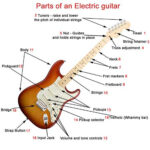The thrill of finding a hidden gem, especially a quality instrument like a Schecter Bass Guitar, at a price that feels like a steal is unmatched. Recently, a discussion sparked online about evaluating a potential Schecter bass find at a pawn shop, prompting a deeper look into not only identifying the model and its value but also the art of negotiating the best possible deal. This exploration delves into the world of used bass guitars, focusing on Schecter instruments and drawing lessons from real-world pawn shop experiences to equip you with the knowledge to snag your dream bass without breaking the bank.
Decoding the Schecter Stiletto: Model Identification and Value
The initial query revolved around a Schecter bass guitar resembling a “Stiletto Elite 5” from the early 2000s era. Identifying the specific model and year is crucial for determining its fair market value. Schecter, known for its diverse range of basses, has catalogs dating back to before 2000 readily available on their website. These catalogs are invaluable resources for pinpointing the exact model based on features like:
- Color: Schecter’s color palettes can be model and year specific. Comparing the bass’s color to catalog images can narrow down the possibilities.
- Fret Inlays: Inlays are another visual cue. The absence or presence and style of fret inlays can differentiate between Stiletto models or indicate it might belong to the C series (C-4, C-5, etc.).
- Neck Construction: Stiletto Elites typically feature neck-through construction, while models like the C series often have bolt-on necks. This is a significant factor in both playability and perceived value.
While bolt-on necks are perfectly functional and favored by many, neck-through construction is often associated with higher-end instruments due to its enhanced sustain and smoother neck joint. Understanding these nuances is key when assessing the value and making an offer.
Pawn Shop Price Negotiation: Lessons from the Field
Beyond model identification, the discussion highlighted effective strategies for negotiating prices at pawn shops, valuable lessons applicable when pursuing a Schecter bass or any used instrument. One anecdote detailed successful negotiations at two different pawn shops, demonstrating key tactics:
Pawn Shop #1: The ESP LTD B-205 Encounter
The first story involved an ESP LTD B-205 5-string bass, initially spotted online for $240 but stickered at $299 in the store. Despite the initial price hike, the buyer leveraged several techniques:
- Acknowledging Flaws: Identifying a missing set screw on a knob provided a legitimate reason to request a price reduction.
- Referencing Online Price: Pointing out the lower online price ($240) served as a strong negotiating point.
- Stating a Lower Offer: Starting with a significantly lower offer ($175) than the asking price anchored the negotiation downwards.
- “Limited Cash” Tactic: Claiming to have only a specific amount of cash on hand ($155 initially, then $175) can create a sense of urgency and finality, sometimes pushing the seller to accept a lower price to make the immediate sale.
This example underscores the importance of being observant, assertive, and willing to walk away. The buyer ultimately secured the ESP LTD B-205 for $175, significantly below both the online and in-store sticker prices.
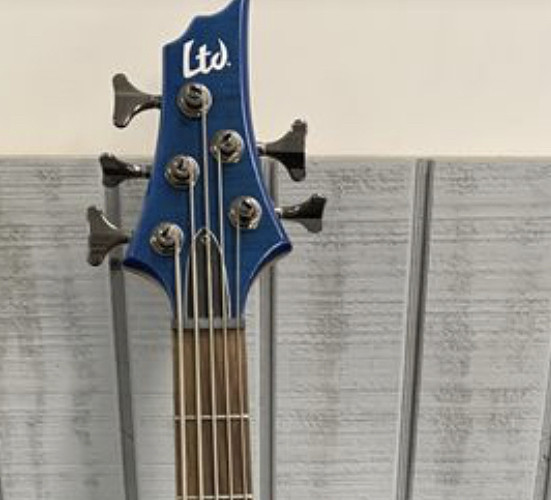 ESP LTD B-205 Bass Guitar Deal at Pawn Shop
ESP LTD B-205 Bass Guitar Deal at Pawn Shop
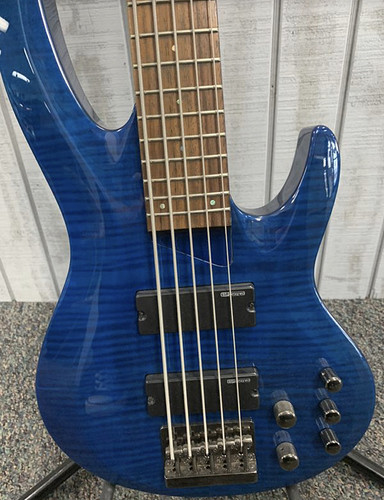 ESP LTD B-205 Bass Guitar in Brand New Condition
ESP LTD B-205 Bass Guitar in Brand New Condition
Pawn Shop #2: Pedalboard Bargain
The second pawn shop visit focused on a pedalboard, initially priced at $69. Similar negotiating tactics yielded another successful bargain:
- Expressing Hesitation: Mentioning the pedalboard was “pretty big” and inquiring about smaller options created doubt about the buyer’s strong desire for the item.
- Offering a Lower Price Immediately: Offering $50 upfront demonstrated a willingness to buy but at a reduced price.
- “Even Lower Cash” Tactic (Again): Repeating the “limited cash” approach, claiming to have only $45, further lowered the price.
This resulted in acquiring the pedalboard for a mere $45, highlighting the consistent effectiveness of these negotiation techniques.
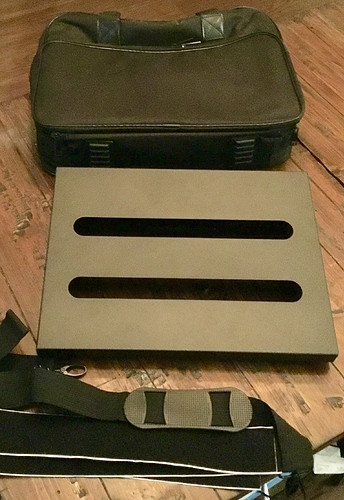 Two-Tier Pedalboard Bargain at Pawn Shop
Two-Tier Pedalboard Bargain at Pawn Shop
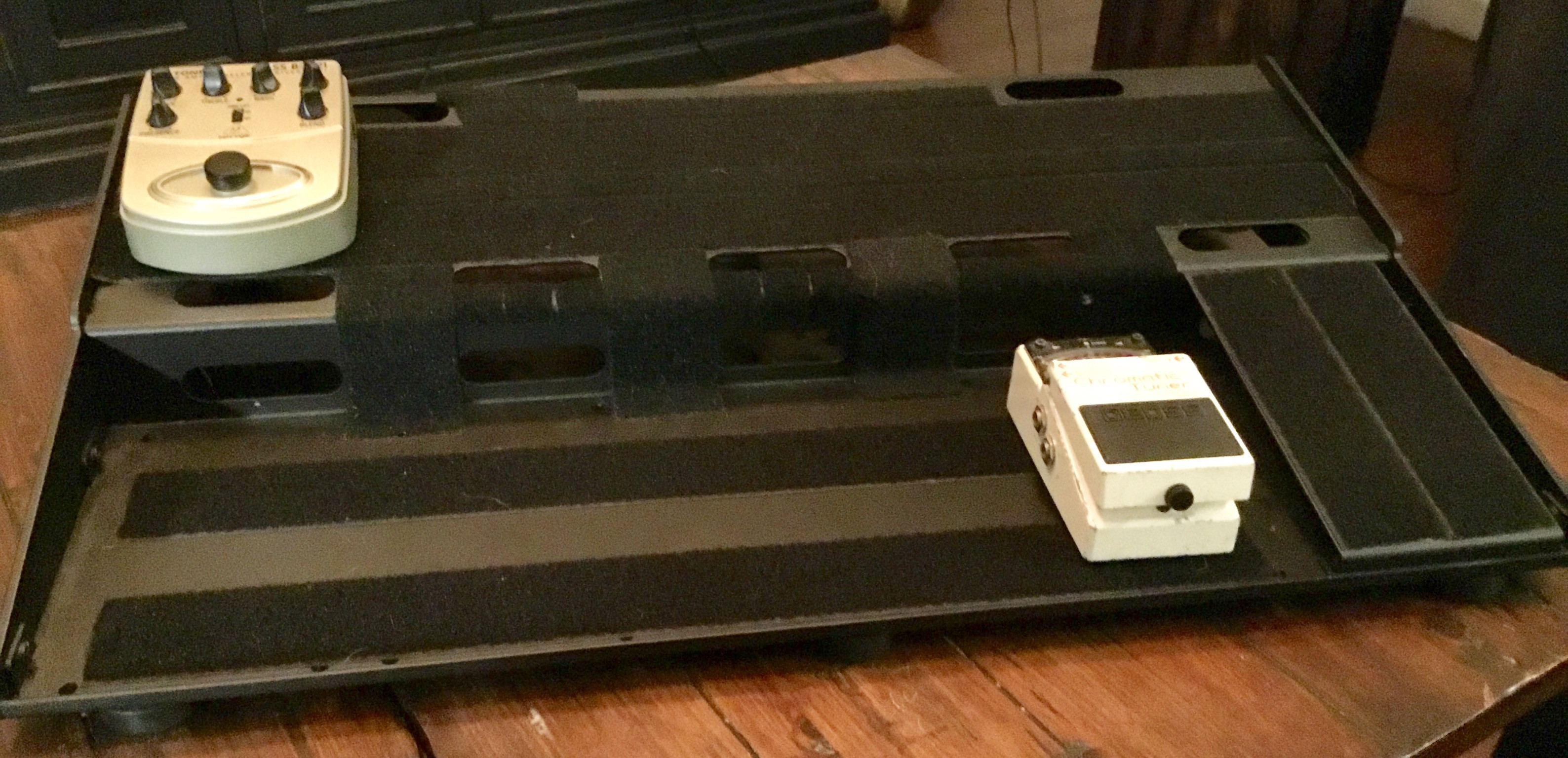 Pedalboard Purchased for
Pedalboard Purchased for
Applying Bargaining Tactics to Your Schecter Bass Pursuit
These pawn shop experiences offer valuable insights when you’re eyeing a Schecter bass guitar. Here’s how to apply these tactics:
- Do Your Homework: Before heading to the pawn shop, research the specific Schecter model you’re interested in. Know its features, original price range, and current used market value. Schecter’s online catalogs are your friend.
- Inspect Thoroughly: Carefully examine the bass for any flaws – scratches, dents, electronic issues, missing parts (like the set screw in the example). These imperfections are your leverage for negotiation.
- Be Ready to Negotiate: Pawn shop prices are rarely fixed. Be prepared to make lower offers and use the tactics discussed.
- Walk Away if Needed: Know your maximum price and be willing to walk away if the seller isn’t meeting your terms. There are always more basses out there.
Coming Soon: Schecter Bass Price Research
The next step in this Schecter bass journey is to delve into researching price points for various Schecter bass models, particularly those similar to the Stiletto series. This research will provide a clearer picture of fair prices and further empower you in your quest to find a Schecter bass bargain. Stay tuned for an upcoming analysis of Schecter bass values to help you confidently navigate the used market and secure the best possible deal on your next bass guitar.

